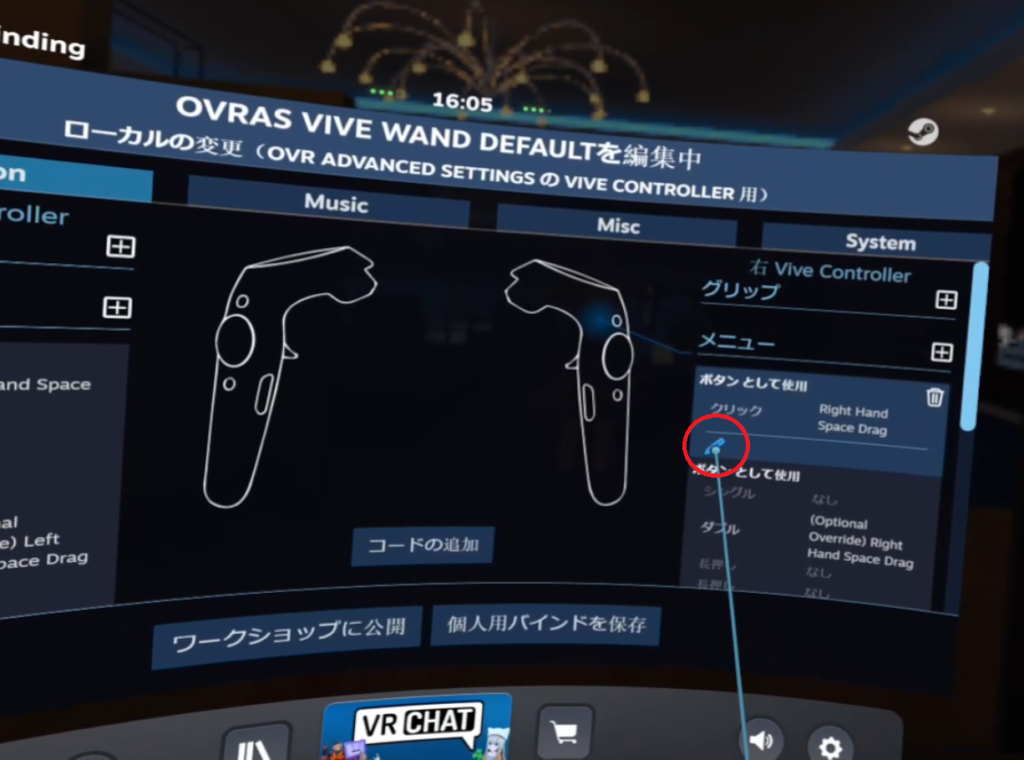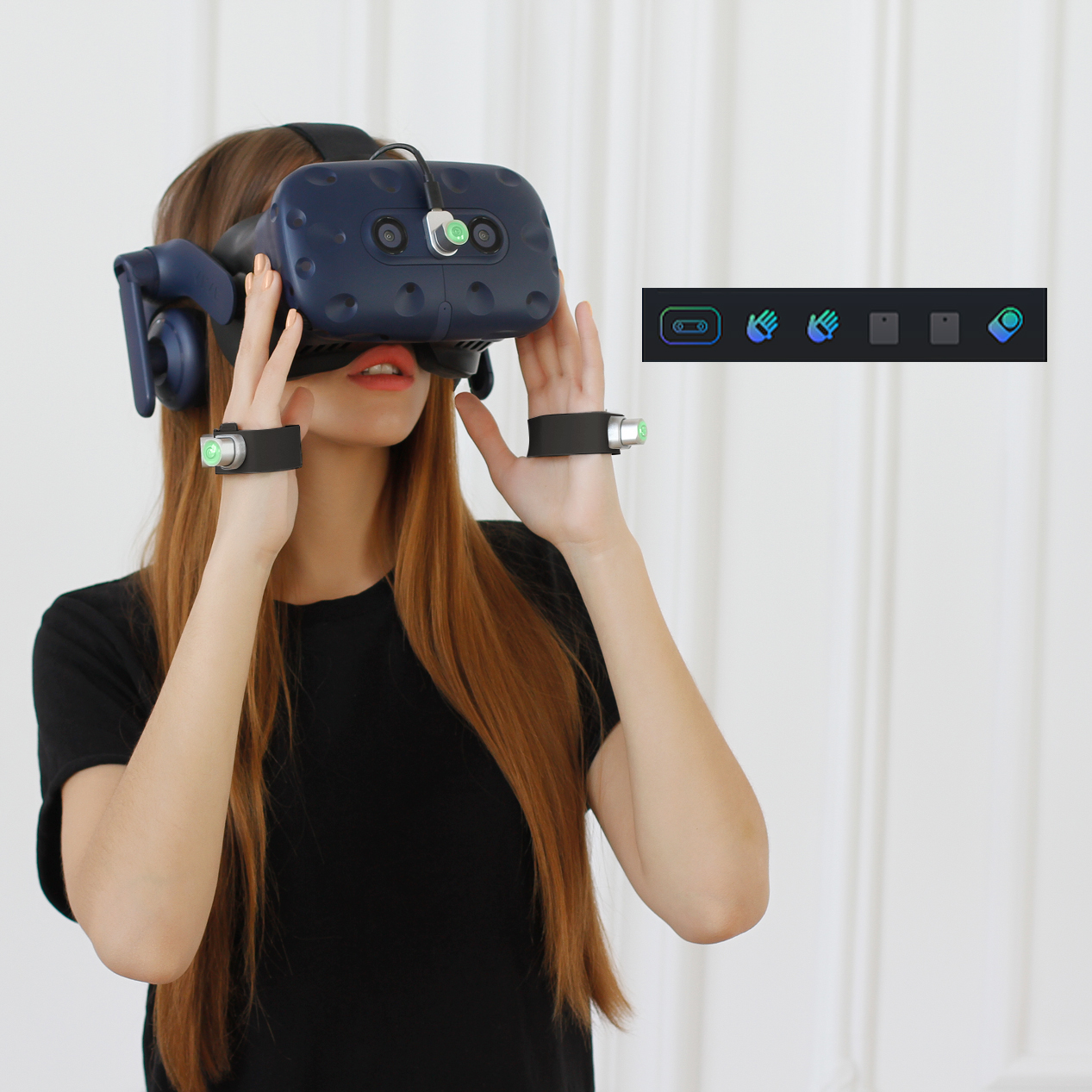

Seeing as VR is a highly physical activity, having an always-on microphone during multiplayer games can be as inconvenient as it is embarrassing.īoth Oculus and SteamVR handle Push-to-Talk on a game-by-game basis, meaning that if the game doesn't natively support the feature, you're usually out of luck. This puts the power of the above two options directly in your hands. By pressing a button and dragging your controller, you can rotate your play space while in game. The setting we're most interested in is Space Turn.īy enabling the toggle next to either Left Hand, Right Hand, or both, you'll enable a feature that allows you to rotate your play space on the fly, manually. They're fun settings to play with, but come with a very steep learning curve. Basically, any step you take forward will rotate your play space, prompting your next step to be away from your chaperone. Rectilinear is the default projection.Vestibular Motion does much the same, but consistently.
#Pano2vr to openvr update
Reloading will update the image to its current version.Ĭhange Projection – Choose to change the current projection to Rectilinear, Stereographic, or Fisheye. Useful, for example, when the image has been modified while Pano2VR is open.

Whether you’re working on a single gigapixel panorama or a virtual tour with thousands of scenes, Pano2VR can help you create an immersive experience for any modern browser.
#Pano2vr to openvr software
Reload Image – Reloads the current image. Pano2VR is a powerful virtual tour software that converts your panoramic or 360 photos and videos into interactive experiences.

Useful to update viewer elements like patches. Update Image – Updates the current image. Go to Default View – Move the view to the Default View. Undo – Undo the last action that was performed. Viewer Context MenuĬontrol-click in the Viewer or simply right-click to bring up the Viewer’s context menu. Shift-Control/Command-U – Go to the Default View.Ĭontrol/Command-Click on a point or polygon hotspot – Opens the Target Viewing Parameters.į – Activate Lens Flares mode. On the German keyboard, use Y.Ĭontrol/Command-U – Set the Default View. Z – When the last tour node (or any node) is reached, hit Z to spin around 180º. (pro)Ĭontrol/Command-[ – Move backward through the nodes in the Tour Browser. L – Level the panorama by holding the L key and adjusting the panorama in the Viewer.Ĭontrol/Command-] – Move forward through the nodes in the Tour Browser. There is a sound on/off button, a seek bar and a button to capture a custom poster frame.

The transport control can rewind, fast forward, play and pause the video. When a 360º panoramic video is added to your project and selected, the Viewer will display the video and a transport control. The OpenVR Advanced Settings is a tool from the user 'matzman666', with which you can change an incredible number of settings in SteamVR, such as a floor fix. View your panoramas in multiple projections by right-clicking in the Viewer and in the menu, go to Change Projections and choose from: You might find it helpful to add more grid lines in the Viewer Settings. Hold L and drag on the edges of the panorama.Pano2VR automatically levels your panoramas (if needed), however, you might need to refine the leveling. To restrict movement to only pan or tilt, hold down shift while dragging horizontally or vertically respectively. If adding an image, video or sound, you’ll be prompted for the media file. You can also show and hide the elements that have been added to the panorama to help keep the viewer tidy by toggling on the eye icon.Īdd Elements by double-clicking in the Viewer. The modes palette will slide out from the side – click to activate the tool. You can get to each of the following modes by hovering your mouse over the icon in the upper left corner ( Select mode) of the Viewer. The Viewer Modes let you add elements to your panorama. Here you can view the panorama and use the Viewer Modes to add patches, hotspots, sounds, images, videos and lens flares. The center of Pano2VR contains your panorama.


 0 kommentar(er)
0 kommentar(er)
